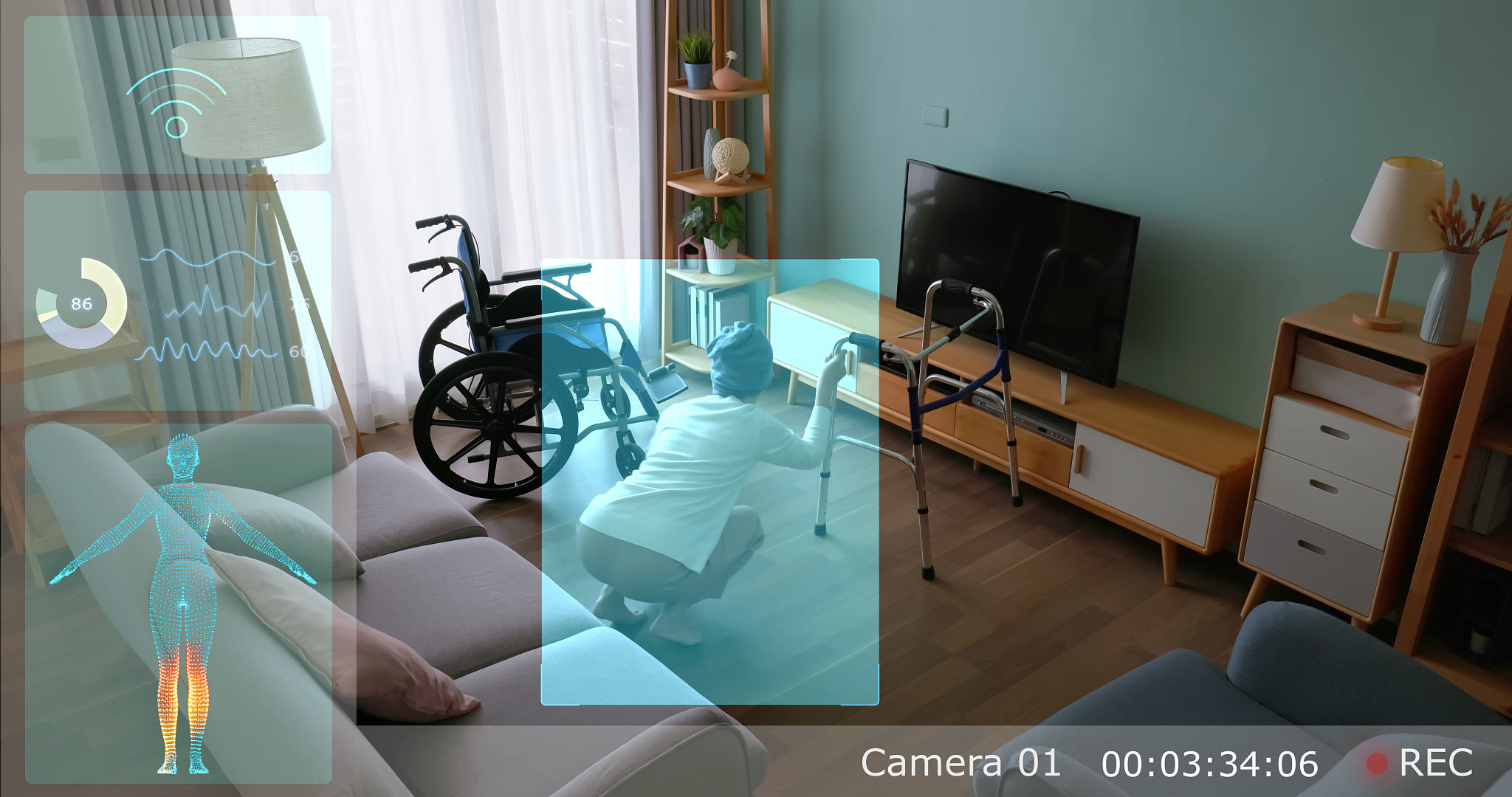Biphasic Pulse Stimulators vs. Cellstream Stimulators: Which Is Better?
Understanding Biphasic Pulse Stimulators
Biphasic pulse stimulators have become increasingly popular in the field of neurostimulation and physical therapy. These devices are designed to deliver electrical pulses in two phases: a positive phase followed by a negative one. This dual-phase approach allows for more balanced muscle stimulation, reducing the likelihood of tissue damage and discomfort.
Biphasic pulse stimulators are often used in rehabilitation settings to treat conditions such as muscle atrophy and chronic pain. They are praised for their ability to mimic the body's natural neurological signals, which can lead to more effective treatment outcomes. However, the specific benefits and drawbacks of these devices depend on individual needs and conditions.

An Overview of Cellstream Stimulators
Cellstream stimulators, on the other hand, are a newer technology that focuses on cellular-level stimulation. These devices aim to enhance cell regeneration and repair by delivering targeted electrical currents. This method is particularly beneficial for promoting healing in soft tissue injuries and accelerating recovery post-surgery.
One of the major advantages of Cellstream stimulators is their ability to operate at a microcurrent level. This means they can stimulate cells without causing muscle contractions, making them ideal for patients who cannot tolerate traditional forms of electrical stimulation. While still gaining traction in the medical field, Cellstream stimulators show promise for a variety of therapeutic applications.

Comparing Effectiveness and Applications
When it comes to effectiveness, both biphasic pulse stimulators and Cellstream stimulators offer distinct benefits. Biphasic devices are highly effective for muscle stimulation and rehabilitation, making them a go-to choice for physiotherapists. They are particularly useful for athletes seeking to maintain muscle mass during recovery.
In contrast, Cellstream stimulators excel in promoting cellular repair and regeneration, which can be crucial for patients with chronic conditions or those recovering from surgery. Their non-invasive approach makes them suitable for a wider range of patients, including those who may not tolerate traditional therapies well.

Considerations for Choosing the Right Stimulator
When deciding between biphasic pulse stimulators and Cellstream stimulators, there are several factors to consider. Patient tolerance is key; some individuals may find the intensity of biphasic stimulation uncomfortable, while others may require the deeper muscle engagement it provides.
Another important factor is the specific condition being treated. For muscle rehabilitation and pain management, biphasic devices may offer more immediate benefits. Conversely, for chronic conditions or post-surgical recovery, the cellular-level focus of Cellstream stimulators may provide long-term healing advantages.
The Future of Electrical Stimulation
The future of electrical stimulation is promising, with ongoing research and development in both biphasic pulse and Cellstream technologies. As advancements continue, these devices may offer even more precise and effective treatment options.
Ultimately, the choice between these two types of stimulators should be based on individual patient needs and the specific therapeutic goals. Consulting with healthcare professionals who are knowledgeable in both technologies can provide valuable insight and guidance.

Conclusion
Both biphasic pulse stimulators and Cellstream stimulators offer unique advantages in the realm of therapeutic electrical stimulation. While biphasic devices are well-suited for muscle rehabilitation and pain relief, Cellstream stimulators provide promising results in cellular healing and regeneration.
As technology continues to evolve, the distinction between these devices may blur, offering patients even more comprehensive treatment options. Until then, understanding the differences and applications of each can help patients and practitioners make informed decisions for optimal health outcomes.